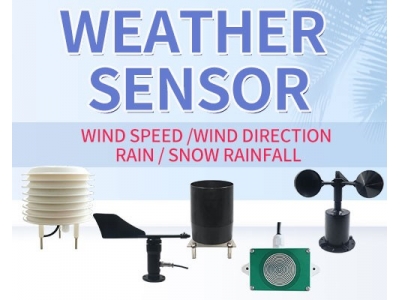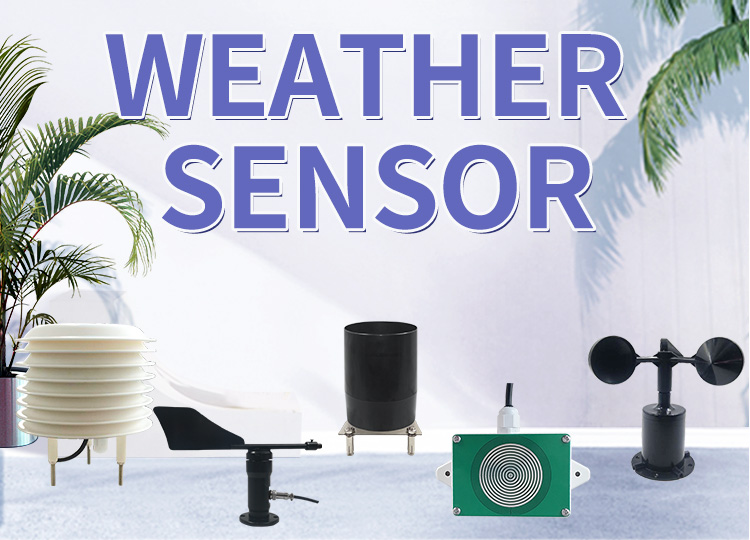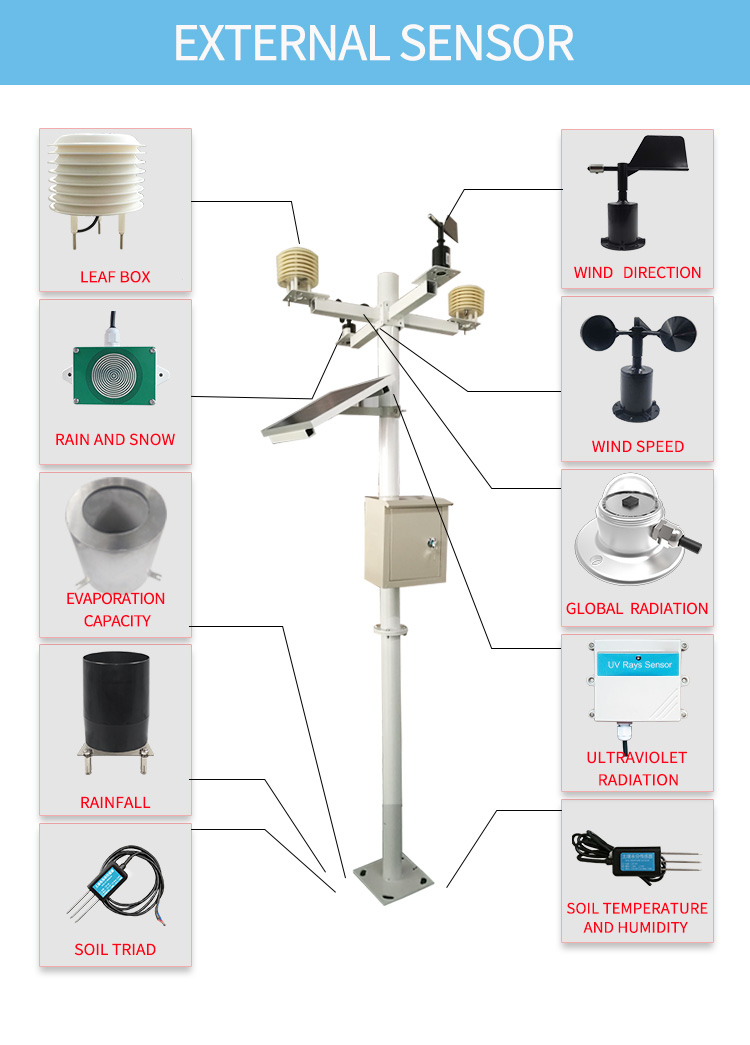
Advanced Weather Station Sensors Provide Accurate Weather Forecasting
Accurate weather forecasting is therefore essential, and it all begins with the data collected by weather station sensors.

Accurate weather forecasting is therefore essential, and it all begins with the data collected by weather station sensors.
Weather plays a crucial role in our daily lives. From the clothes we wear to the activities we plan, the weather has a direct impact on our decisions. Accurate weather forecasting is therefore essential, and it all begins with the data collected by weather station sensors.
Weather station sensors are devices that collect data on various weather elements such as temperature, humidity, wind speed, rainfall, and atmospheric pressure. These sensors can be found in various settings, from backyard weather stations to large-scale weather monitoring systems used by meteorological agencies.
In recent years, weather station sensors have undergone significant advancements, leading to more accurate weather forecasting. In this blog, we will explore how weather station sensors work, how they have revolutionized weather forecasting, and the role they play in various industries.

Weather station sensors come in different forms, but they all have one thing in common: they collect data on various weather elements. The sensors are designed to detect changes in temperature, humidity, pressure, wind speed, and rainfall, among other factors. The data collected is then transmitted to a central processing unit, where it is analyzed and used to generate weather forecasts.
The most common types of weather station sensors include:
Thermometers - These sensors measure the temperature of the surrounding environment.
Hygrometers - These sensors measure the humidity of the surrounding environment.
Barometers - These sensors measure atmospheric pressure.
Anemometers - These sensors measure wind speed.
Rain gauges - These sensors measure the amount of rainfall in a given area.
Radiometers - These sensors measure the amount of solar radiation that reaches the Earth's surface.
Weather station sensors can be standalone devices, or they can be part of a larger weather monitoring system. The data collected by the sensors can be transmitted wirelessly or through a wired connection to a central processing unit. The data is then analyzed using sophisticated algorithms and models to generate weather forecasts.

Weather forecasting has come a long way since the days of weather vanes and barometers. With the advancements in technology, weather station sensors have become more accurate and reliable. This has revolutionized the way weather forecasting is done.
In the past, weather forecasts were based on historical data and simple mathematical models. Today, weather forecasting is done using complex computer models that take into account a vast array of data collected by weather station sensors. These models analyze atmospheric conditions, ocean currents, and other factors that influence weather patterns.
Weather station sensors have also made it possible to provide more localized weather forecasts. In the past, weather forecasts were based on data collected from a few locations, which were then extrapolated to cover a larger area. Today, weather station sensors can be found in various locations, providing real-time data on weather conditions. This has made it possible to provide more accurate and localized weather forecasts.